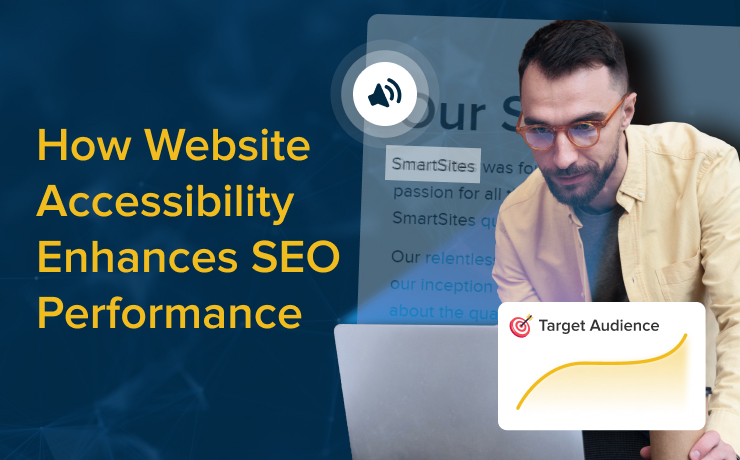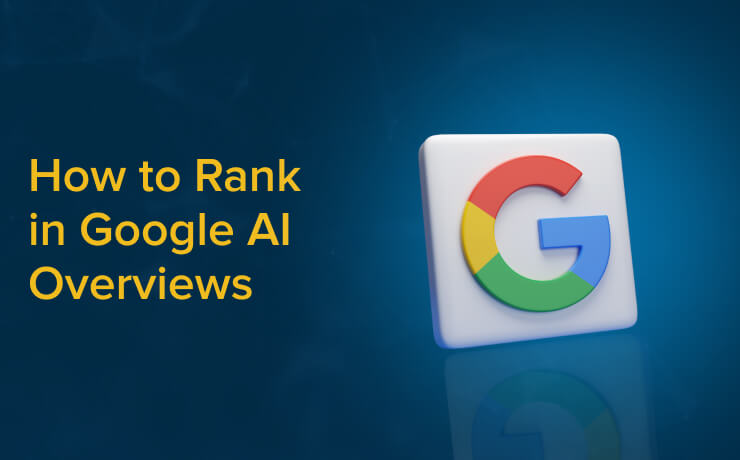
Google launched AI Overviews (AIOs) in May of 2024 and since then, the SEO world has been in a frenzy. These helpful AI summaries aim to answer user queries directly in search results. Good news for Google, but a scary prospect for marketers with wary eyes on their click-through rates.
While AIOs are still relatively new and their long-term impacts aren’t yet clear, they’re gaining traction—especially for longer, informational queries.
In this post, we’ll break down what AIOs mean for your content strategy, how concepts like consensus optimization and retrieval-augmented generation (RAG) come into play, and the practical steps you can take to improve your visibility as search continues to change.
How AI Overviews Work |
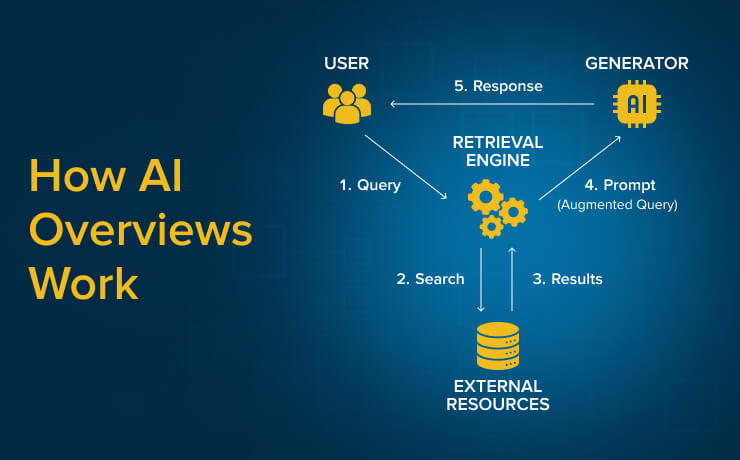
Consensus + RAG Optimization
I asked our resident technical expert to explain a bit more about how Google AIOs work from a technical perspective.
Authority + Knowledge Graph Citations
In a sea of low-value, low-effort AI generated content, Google is looking for authoritative sources to attribute information to. Brand & topical authority is more important than ever.
Google wants to link to established, known, trusted, and liked websites – how it determines this is a combination of backlinks and knowledge graph presence + citations.
The more instances across the web of users talking about our brand favorably, the more it ‘trains’ the models to understand where our brand fits with respect to certain topics – which would increase AIO visibility.
Tried & True SEO Best Practices
AIO Citations have enormous overlap with organic search results.
Google recently updated sourcing for AI overviews. Now 99% overlap with the first page. This means that how to rank in AI Overview is by and large, the same as ranking on page 1.
This is a dynamic/quickly changing topic so the answer to this might be different tomorrow. It’s still being studied and not very well understood yet.
As long as Google’s approach still prioritizes citations from the first page of organic results, our approach to ranking in AIO is largely similar to our approach for ranking in featured snippets. We focus on FAQs and question keywords related to the topic to align with real user search patterns
The State of AIO in SERPs |
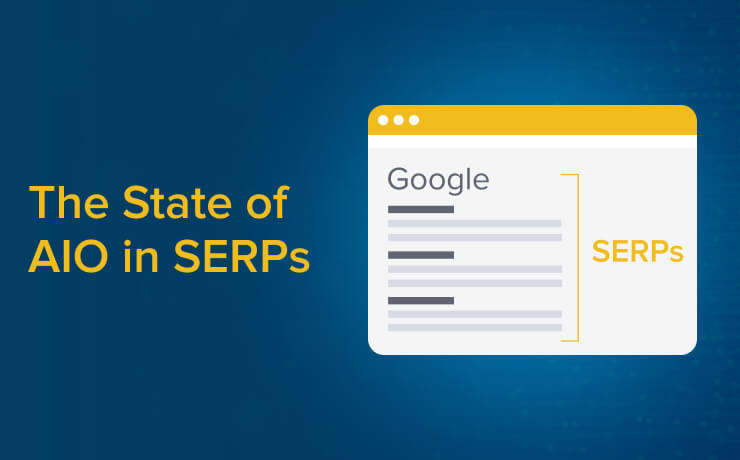
AI Overviews aren’t that common (yet)
AI Overviews are appearing in a small percentage of SERPs, so far and the reception to them has been less than stellar. The AIO experiment hasn’t gone very well so far. However, this has been growing recently, especially with longer queries (5+ words).
AIOs answers are usually for informational intent searches
The types of queries that use AI overviews and featured snippets are usually informational searches, so while this is important for your blog content it’s less important for “money” pages (which would be service pages or product pages depending on the type of client). We expect Google will expand this, once it knows how to do so. We saw
Being featured in AIOs could lead to drop in clicks (But it’s still worth it!)
AIOs are better at answering the users questions in the SERP than organic links, and even featured snippets and other SERP features. They are longer on average than featured snippets, so there’s less of a reason to click through to read the rest of the article, especially when the content is not overly complex.
Zero-click searches are a reality for some of your most relevant queries no matter WHO is ranking in that #1 spot, so it might as well be you! It’s still incredibly valuable for your brand name, link, and favicon to appear in the AIO citations, even if it’s not likely users will click through to the actual content.
Best Practices to Target AIO Rankings: |
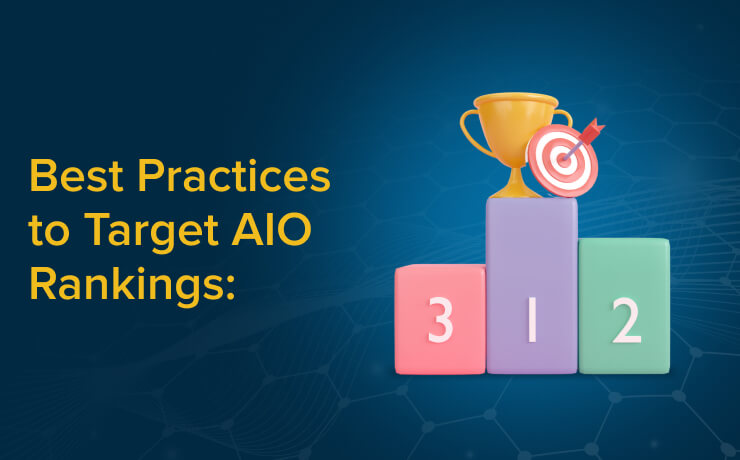
If we have established a set of keywords that we want to target for AIO overviews, a good exercise would be:
a) Select keywords that have or are likely to have AI Overviews
- Focus on FAQs and question keywords to align with real user search patterns.
- Focus on longtail keyword searches. Longer queries are more likely to trigger AI overviews.
- Check Ahrefs & the SERP to see if AIO is present for the query.
- Select keywords carefully & consider “potential traffic” for search query. If the AI overview or featured snippet can adequately answer the user’s query in the SERP, the user may have no need to click through to the actual content, leading to high impressions without a corresponding increase in organic traffic.
b) Rewrite content to target AIO.
- Search the specific query, and record the AI overview. You can do this several times, as it may vary slightly each time.
- Rework our content to ensure we mention each of the points covered in the AIO. If our content is an outlier (especially if it contains less or conflicting information) the AI may overlook the page for a citation in favor of another page that has better consensus with.
- Create content that provides in-depth insights to the information in AI Overviews.
- Follow search engine guidelines for content
- Make sure the information provided is highly readable and to the point.
- Keep your content fresh (and update it regularly).
c) Ensure content is technically optimized for AIO.
- Double check that your Favicon is showing in search results, and that it is recognizable & appealing.
- Leverage schema/structured data where appropriate
- Make sure your sitemaps are submitted to Google, and submit your changes as needed to Google Search Console (GSC).
d) Monitor your progress.
- Make ample use of query tracking in third party SEO tools like Ahrefs or SEMRush as Google Search Console does not provide any specific data on AIO rankings, and does not distinguish between the various “types” of rankings.
While AI Overviews are still evolving, their influence on search visibility is undeniable. By focusing on content quality, consensus alignment, and good ole SEO best practices, you can position your brand for success in this new landscape.
 Free
Consultation
Free
Consultation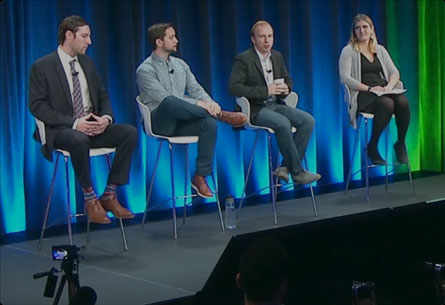 Free
Google Ads Audit
Free
Google Ads Audit




